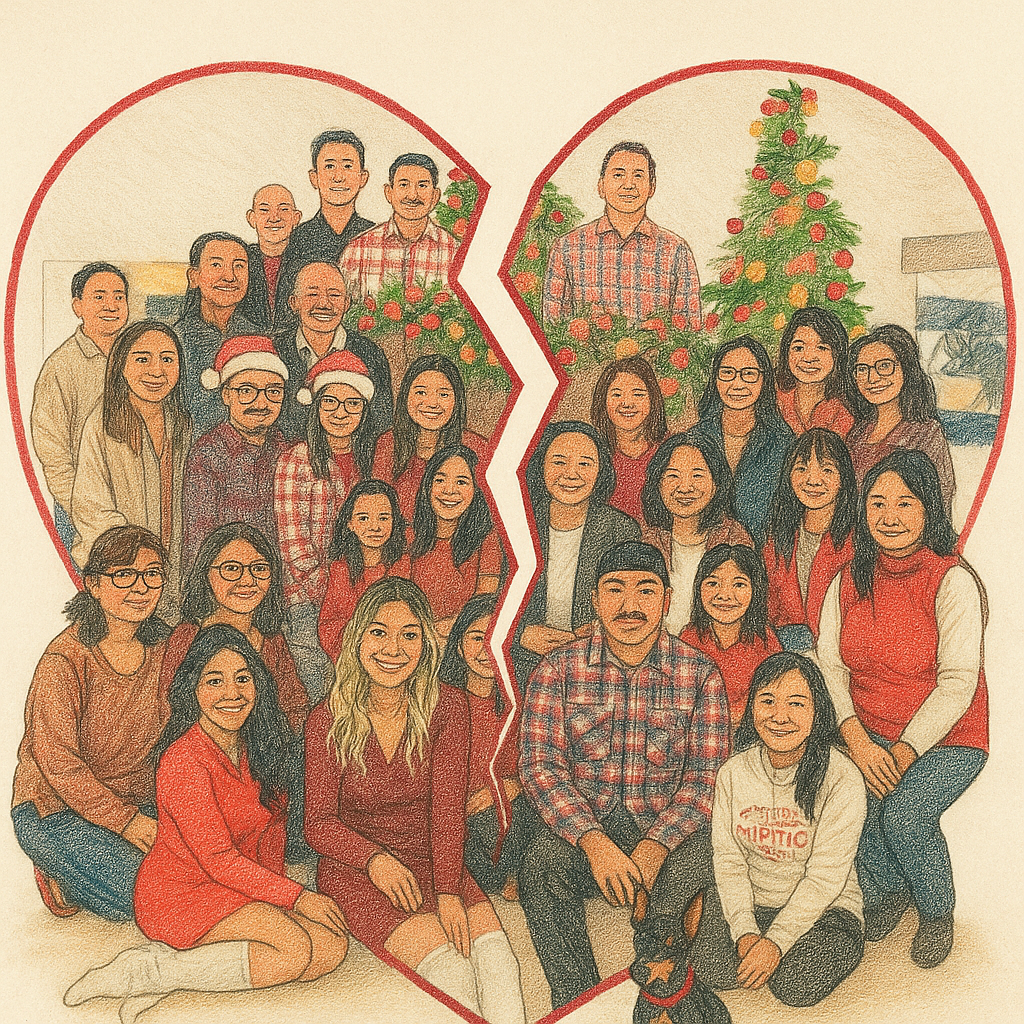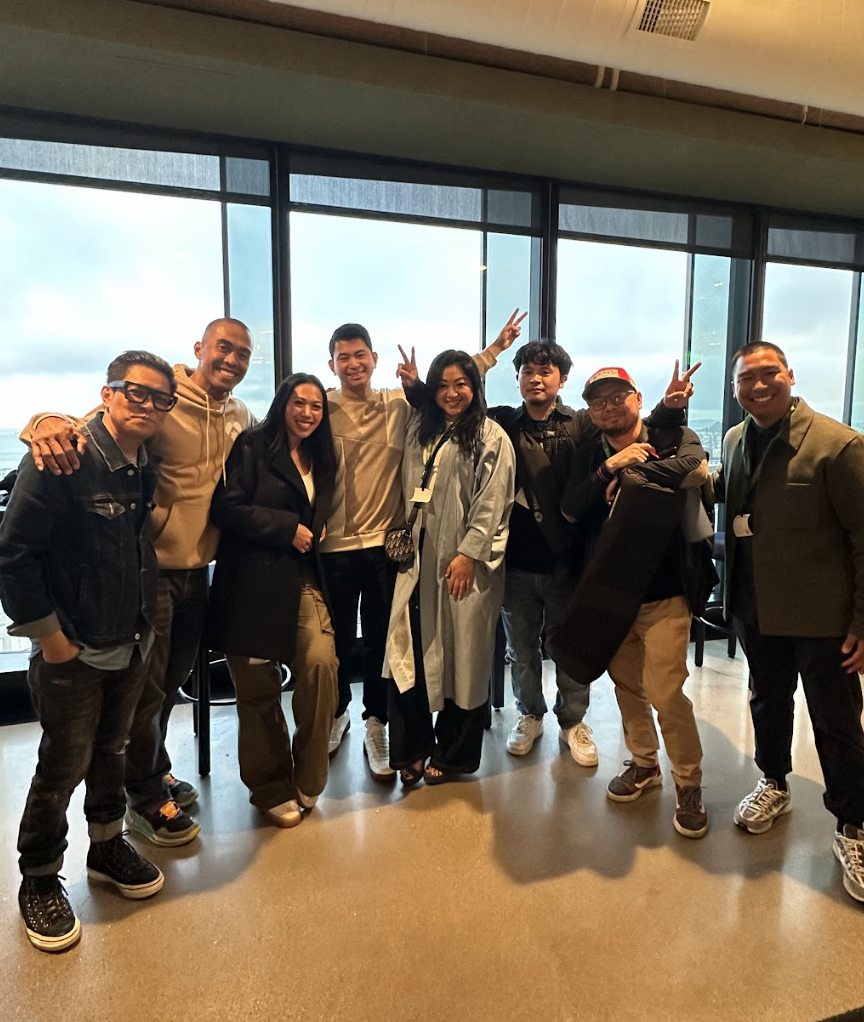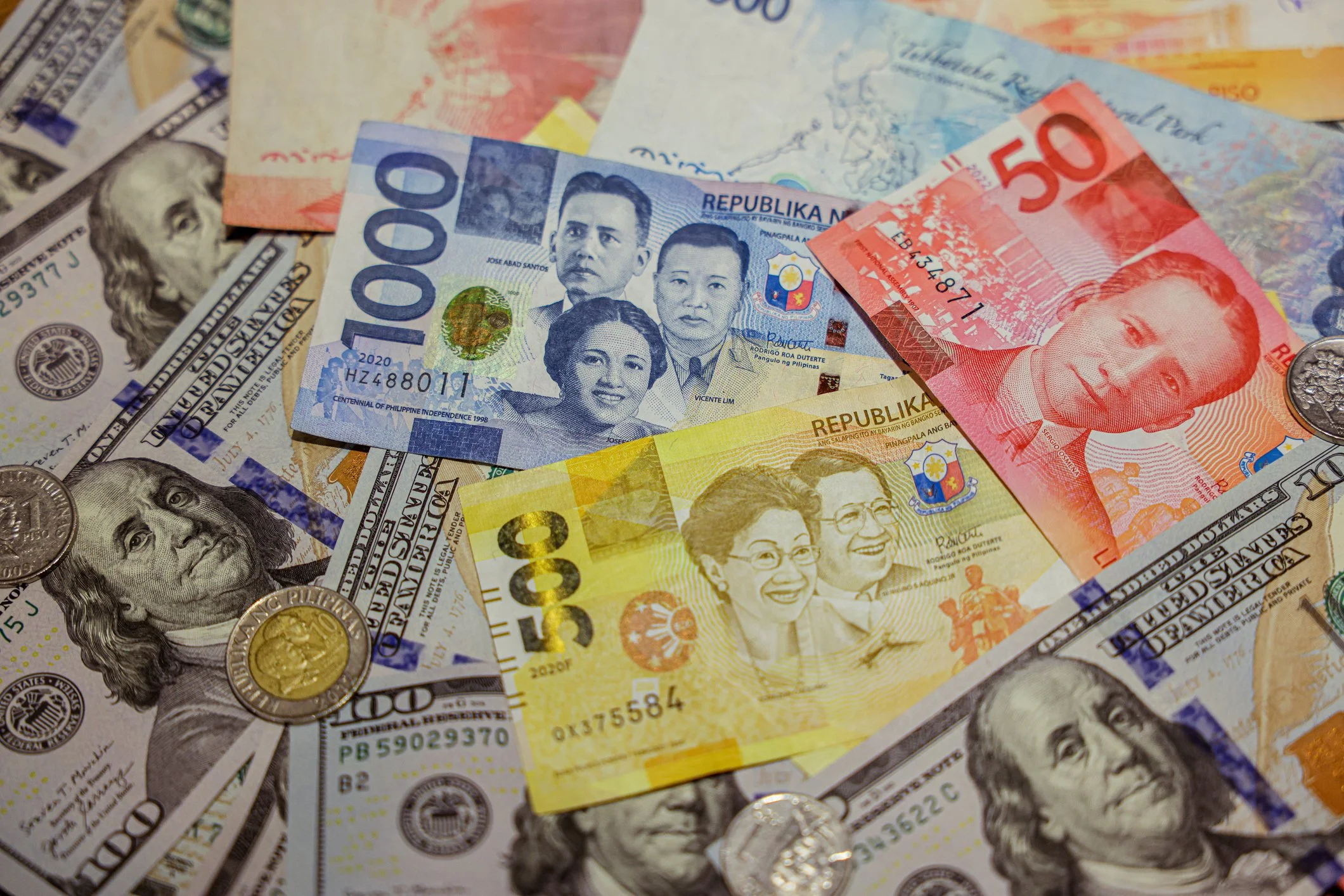Ligaw in the Time of WiFi: The Evolution of Filipino Courtship and Romance
Filipino courtship is like a romantic telenovela—full of drama, twists, and enough hugot to make even the hardest hearts swoon. From serenades under the moonlight to sweet DMs sliding into your inbox, Filipino romance has evolved—yet remains deeply rooted in tradition. In this post, we take you on a journey through the history of Filipino courtship, the cultural significance of ligaw, and how social media is rewriting the rules of love in the Philippines.
The History of Filipino Courtship: From Harana to Liham
In the past, Filipino courtship was all about ligaw, or the process of winning someone’s heart. Back in the pre-colonial Philippines, courtship was fairly informal, and women had more agency in choosing their partners. Men would prove their worth by offering gifts and performing tasks for the woman’s family—this was the paninilbihan, or service, part of courtship.
But then came the Spanish influence, and things got a little more structured (and a lot more romantic). The classic harana (serenade) was born, where men would sing beneath the woman’s window, often accompanied by a guitar. There was also a lot of poetry, riddles, and flowery language involved to woo a potential partner.
As time passed, the family’s role in courtship became even more important. You didn’t just court the woman—you courted her entire family and community. This deep sense of family involvement is still present today, where a suitor must impress both the girl’s nanay (mother) and tatay (father) before winning her heart.
Source: Salazar, Z. (1999). Ang Babaylan sa Kasaysayan ng Pilipinas. Kasarinlan Journal of Philippine Studies.
The Cultural Importance of Filipino Courtship: Beyond Romance
Courtship in the Philippines is more than just a way to find a partner—it’s a cultural ritual that reflects values like respect, family, and community. In Filipino culture, romance is a shared experience. This isn’t just about two people—it’s about the entire community getting involved.
Family approval is crucial. If you’re courting a Filipino, expect to make an impression on their parents (especially the mom).
Respect is key. The Filipino concept of hiya (shame) plays a role, with men expected to show restraint, and women being more reserved.
Patience is important. Courtship is slow and deliberate, a far cry from the fast-paced, swipe-right dating culture we see today.
These elements make Filipino courtship special, as it values emotional investment and dedication over instant gratification.
Source: Medina, B.T.G. (2001). The Filipino Family. University of the Philippines Press.
Social Media and Modern Filipino Courtship: From DMs to TikToks
Fast forward to the 21st century, and Filipino courtship has gone digital. Social media has completely transformed how Filipinos date, especially with apps like Facebook, Instagram, and even TikTok. While the harana may be a thing of the past, social media has introduced new ways of expressing love and affection.
The Good:
Accessibility: Courtship is now just a message away. Men no longer have to wait for a moonlit night to serenade their crush—a good morning message or a well-timed “Hi, musta?” can do wonders.
Public displays of affection are more common. Couples now share their love publicly through posts, vlogs, or matching profile pictures, often with a cheeky or heartfelt caption. (#CoupleGoals, anyone?)
Long-distance relationships (LDRs) thrive thanks to social media. Filipino couples separated by distance, particularly those with family abroad, can stay close through video calls and chats.
The Chaotic:
Ghosting has become an unfortunate reality. One minute, you’re getting all the sweet messages, and the next, your crush has disappeared from your DMs.
Social comparison is now a thing. If your Valentine’s Day wasn’t adorned with bouquets and candle-lit dinners posted on Instagram, are you even really in love? (#NocheBuenaPressure)
Love bombing is also on the rise. You know the drill: excessive affection one day, nothing the next. It’s like the romantic equivalent of being ghosted, but with more sana all energy.
Source: Pertierra, R. (2010). The Transformative Capacities of Technology: Computer-Mediated Interactive Communications. Philippine Studies, 58(1).
Modern Romance: How Filipino Courtship Is Adapting to the Times
While Filipino courtship has undeniably evolved, it still holds onto many of its traditional elements—patience, family involvement, and respect. Social media has just given it a new, modern twist. Whether it's commenting heart emojis on someone's post or sharing your relationship status with a catchy hashtag, the essence of Filipino romance remains.
The “Kilig” factor is still strong. No matter the method—whether it’s through a love letter or a viral TikTok dance—Filipinos love to feel that rush of excitement that only romantic gestures can give.
Courtship may be faster, but the commitment is still there. Filipino relationships still take time to develop, and trust is built over shared experiences, whether digital or in person.
Despite the convenience of online dating apps and social media, Filipino courtship is still about effort. It’s about showing up—not just in front of a screen, but in real life.
TL;DR: Filipino Courtship Is Both Classic and Contemporary
Filipino courtship is a beautiful blend of tradition and modernity. While the days of serenades and written poetry might be behind us, the Filipino values of respect, family, and patience still shape how we approach love. And though social media may have introduced ghosting and TikTok love teams, the heart of Filipino romance remains—emotional investment, respect for one’s family, and a commitment to “showing up”.
So, whether you’re sending a heartfelt message on Messenger or serenading someone with a guitar, Filipino courtship is always worth the effort. Kaya, go na!
Sources & Further Reading:
Salazar, Z. (1999). Ang Babaylan sa Kasaysayan ng Pilipinas. Kasarinlan Journal of Philippine Studies.
Lumbera, B. (2000). Tagalog Poetry, 1570–1898: Tradition and Influences in Its Development.
Medina, B.T.G. (2001). The Filipino Family. University of the Philippines Press.
Pertierra, R. (2010). The Transformative Capacities of Technology: Computer-Mediated Interactive Communications. Philippine Studies, 58(1).
Garcia, J.N. (2008). Philippine Gay Culture: Binabae to Bakla, Silahis to MSM. UP Press.
Corpuz, J. (2021). “Romance and Courtship in the Time of Social Media.” Philippine Sociological Review, 69.


























Filipina American composer Susie Ibarra just made history as the first to win the Pulitzer Prize for Music. Her piece Sky Islands is a powerful fusion of Filipino heritage, environmental storytelling, and sonic innovation. Here's why it matters.